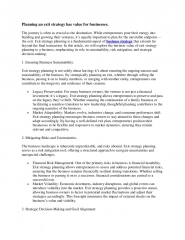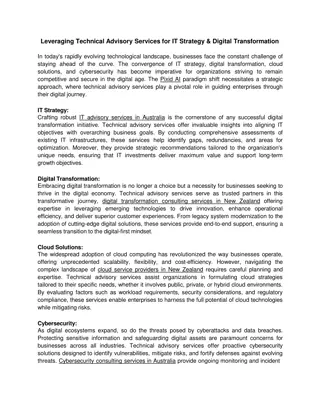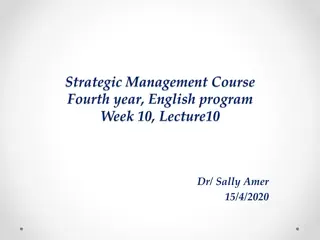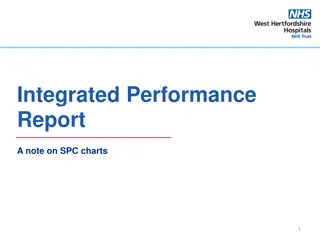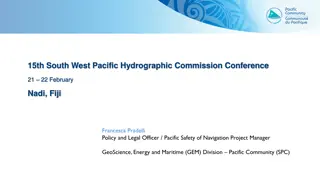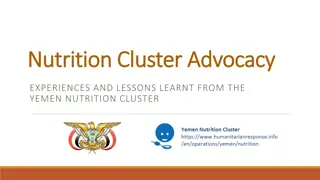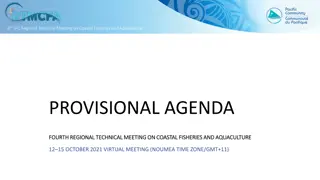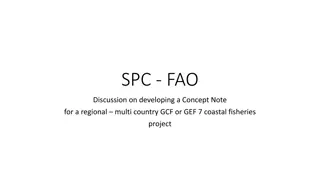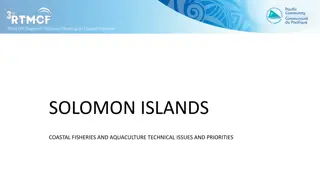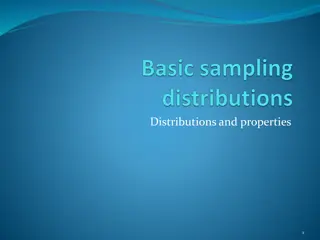
International Maritime Organization Member State Audit Scheme (IMSAS) Overview
Learn about the background, scope, and schedule of the International Maritime Organization's Member State Audit Scheme (IMSAS). Explore the framework, procedures, and obligations involved, covering areas such as safety at sea, pollution prevention, and seafarer training standards. Discover the key aspects of the Code (Resolution A.1070(28)) and its implications for coastal states. Gain insights into the implementation, rights, responsibilities, and services involved in ensuring maritime safety and navigation.
Download Presentation

Please find below an Image/Link to download the presentation.
The content on the website is provided AS IS for your information and personal use only. It may not be sold, licensed, or shared on other websites without obtaining consent from the author. If you encounter any issues during the download, it is possible that the publisher has removed the file from their server.
You are allowed to download the files provided on this website for personal or commercial use, subject to the condition that they are used lawfully. All files are the property of their respective owners.
The content on the website is provided AS IS for your information and personal use only. It may not be sold, licensed, or shared on other websites without obtaining consent from the author.
E N D
Presentation Transcript
16th South West Pacific Hydrographic Commission Technical Workshop 11th-12thFebruary Alofi Niue IMSAS and the role of the SWPHC Francesca Pradelli Acting Regional Safety Navigation Adviser SPC Ocean and Maritime Programme
Background The International Maritime Organization (IMO) Member State Audit Scheme (IMSAS) has become mandatory on 1 January 2016 1.IMSAS background 2.IMSAS scope 3.IMSAS schedule in the Pacific Tuvalu, Tonga, Solomon Islands, Palau, Marshall Islands to be audited in 2019/2020
Framework & Procedures (Resolution A.1067(28) 7. Scope IMO Instruments - the applicable IMO instruments related to the areas listed below; (i) safety of life at sea, (ii) prevention of pollution from ships, (iii) standards of training, certfication and watchkeeping for seafarers , (iv) loadlines, (v) tonnage measurement of ships, and (vi) regulations for preventing collisions at sea.
Framework & Procedures (Resolution A.1067(28) 7. Scope Obligations & Responsibilities - those contained in the applicable IMO instruments provided such instruments have entered into force for the Member State, in its capacity as a flag, port and coastal state. Areas to be covered by the audit -Member State s implementation and enforcement of applicable IMO instruments in its legislation, the effectiveness of its control and monitoring mechanism, etc ..
III Code (Resolution A.1070(28) Part 1 Common Areas 4 : Scope (para 6) safety of life at sea; prevention of pollution from ships; standards of training, certification and watchkeeping for seafarers; load lines; tonnage measurement of ships; and regulations for preventing collisions at sea.
III Code (Resolution A.1070(28) Part 3 Coastal State 1: Implementation Rights, obligations and responsibilities may include, inter alia: radiocommunication services meteorological services search and rescue services hydrographic services ships' routeing ship reporting systems vessel traffic services aids to navigation
Hydrography in IMSAS IMSAS Safety of life at sea Pollution prevention Standards trainings - Load line - Tonnage - COLREGS - - - SAFETY OF LIFE AT SEA SOLAS Chap. V SOLAS CHAP. V Reg. 9: Hydrography
SPC Regional Assistance in preparation for IMSAS first Regional Workshop on the Implementation of IMSAS Suva (Fiji), 21 to 25 September 2015 1. attended by representatives from Cook Islands, Fiji, Kiribati, Papua New Guinea, Samoa, Solomon Islands, Tuvalu and Vanuatu 2. main objective 3. outcome: roadmap to facilitate PICs effective preparation for IMSAS (19 steps)
National Assistance IMSAS Awareness workshop 1. 2015/2016/2017 countries: Tuvalu, Vanuatu, Kiribati, Solomon Islands, Samoa 2. outcome: national roadmaps towards IMSAS Strategy to implement international instruments Upon official request, SPC assisted Vanuatu, Kiribati, Solomon Islands and Samoa in developing their own national Strategy Maritime Transport Policy 1. their own national MTP Legal gap analysis in the scope of IMSAS 4 Spreadsheets developed taking into account IMO Resolution A.1105(29) 2015 Non-Exhaustive list of obligations under instruments relevant to the IMO Instruments Implementation Code Upon official request SPC assisted Vanuatu, Kiribati, Palau in developping Upon official request SPC conducted legal gap analysis in Vanuatu, Tuvalu, Kiribati, Samoa
What IMO says The assistance provided by SPC to the countries in the region in preparation for their audits under IMSAS is greatly appreciated from our side and it made a difference in actual audits conducted . Head, Member State Audits Department for Member State Audit and Implementation Support International Maritime Organization (IMO)
From 2017, SPC assistance focused on Maritime Training, Safety of Life at Sea, Ports operations, Energy Efficiency in shipping Regional Strategy on Safety of Navigation in the Pacific
Purpose support Pacific Islands Countries and Territories (PICTs) and guide development partners through an integrated and coordinated approach to improve the safety of navigation in the Pacific provide a regional a platform to coordinate, monitoring, communication and reporting on all safety of navigation related initiatives to PICTs and development partners establish and sustain regional coordination mechanisms and strategic partnerships to achieve economies of scale and promote complementary actions amongst development partners active in the sector
Implementation areas of safety of navigation i) Safety of Navigation governance ii) Navigation and meteorological services and warnings iii) Hydrographic services iv) Aids to Navigation and vessels traffic services v) Search and Rescue services Coordination function at the regional level which includes aggregating information and capturing progress through monitoring is attributed to the Pacific Community (SPC)
Transport Ministers agreement During the Third Pacific Regional Energy and Transport Ministers Meeting (Tonga, April 2017), country representatives: Endorsed the Regional Strategy on Safety of Navigation in the Pacific; Agreed for PICTs to actively engage in the implementation, monitoring and evaluation of all safety of navigation related projects and programmes within the framework of the Regional Strategy; and Supported the adoption a consistent national approach on membership of international and regional organisations and to ratification of or accession to international and regional instruments in relevant areas of safety of navigation.
Performance Monitoring Plan Schedule for collection Means of verification (MOV) Overall objective and results Performance measure Responsibility Goal To ensure that navigation in the waters under the jurisdiction of PICTs is safe for any person or vessel at sea, that the environment is protected, and that international and domestic vessel traffic is facilitated to support the sustainable development of PICTs Number of PICTs providing adequate SoN services in accordance with international requirements, guidelines and recommendations Specific objective To support PICTs to improve the provision of their safety of navigation services (SoN) in accordance with their international obligations Result 1 Evidence of PICTs with functional and well maintained SoN infrastructure PICT SoN audit/review reports Annually IMO/IHO/IALA/SP C/SPREP PICTs provide effective services that fulfil their SoN obligations Evidence of PICTs with effective SoN services being provided Project implementers Project training reports Evidence of effective capacity building through SoN related initiatives Result 2 Number of regional and/or country projects and initiatives addressing the five components of the Strategy SoN project design documents Annually Development partners, regional agencies and PICTs PICT SoN projects and initiatives are designed in line with the Strategy addressing its five components SoN project evaluation documents Strategy review/evaluation report Result 3 Evidence of information sharing and coordinated projects being planned to address country needs in line with the Strategy Two years SPC Coordination among PICTs and development partners for the implementation of SoN projects and initiatives is improved Number of regional coordination meetings held Number of updated reports on PICT performance and progress against the five components as noted in the Strategy Result 4 Annual state of SoN in the Pacific reports produced by the partnership desk Annually SPC Greater visibility and awareness of PICT status in achieving their SoN obligations

